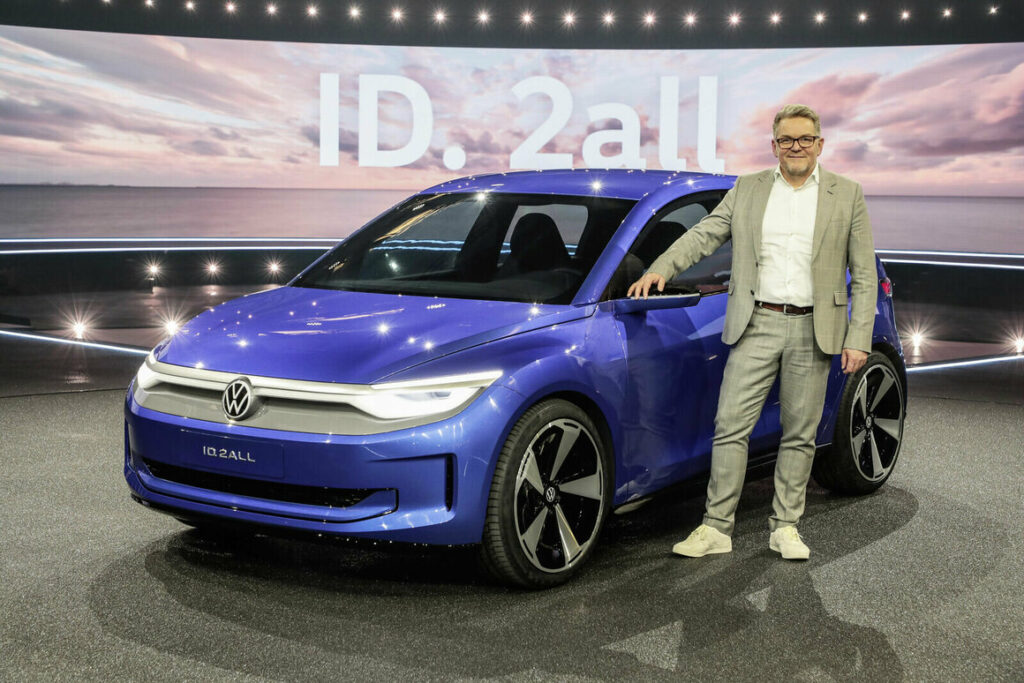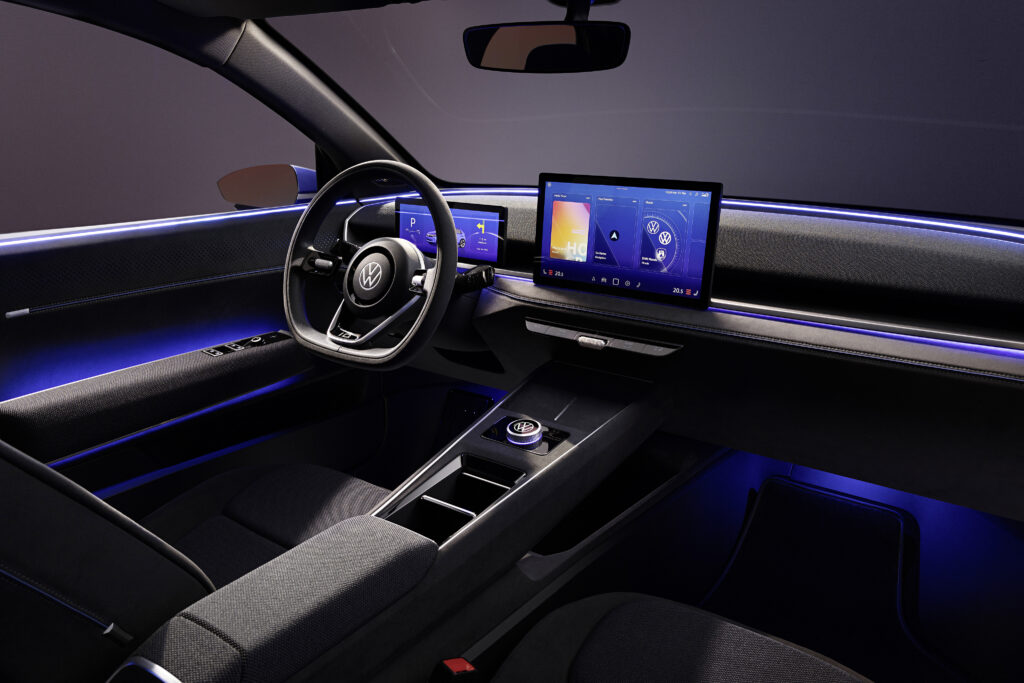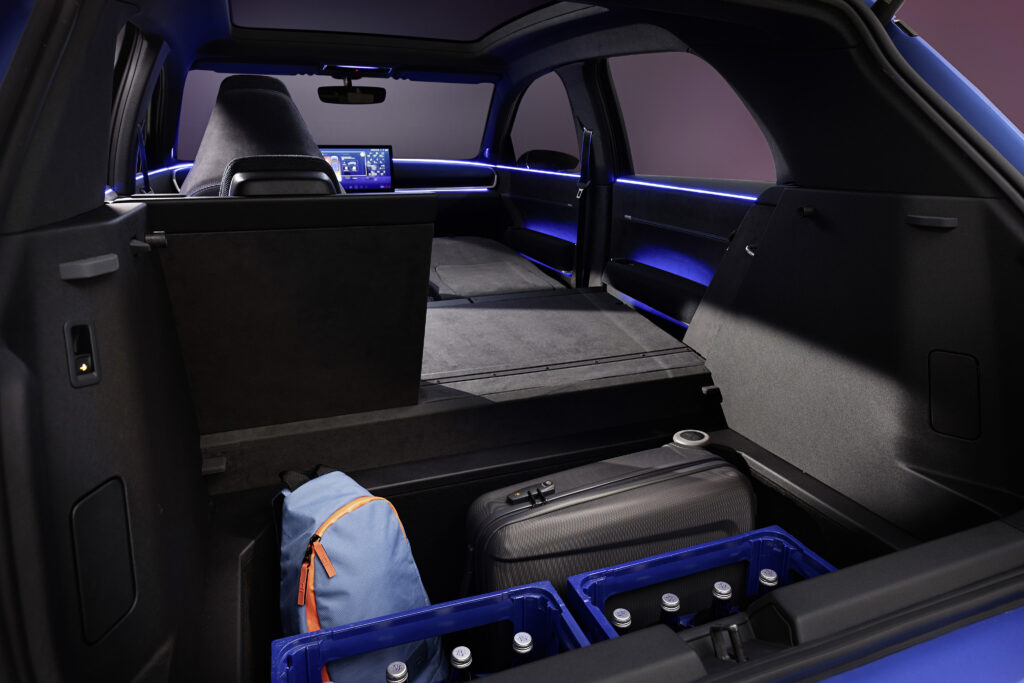Volkswagen to bring thermal management in-house for its new electric people’s car?
- PostedPublished 15 October 2023

Designed to disrupt the disruptors, VW’s forthcoming ID.2 will take on Chinese competitors with a European starting price equivalent to A$40,000 for a Polo-sized hatch with Golf-sized roominess and a GTI-like driving experience.

Advantageously positioned to offer ‘more for less’, the ID.2, which is due for release in 2025, is designed to pull customers away from other similar-sized EVs, such as the MG4, GWM Ora and BYD Seal that are currently priced from less than A$40,000.
With an even cheaper A$32,000 EV hinted to be on its way from VW soon, could Germany’s biggest car brand escalate the electric vehicle price war?
Although unconfirmed at this early stage, rather than outsourcing to companies like Bosch, the ID.2 could use a new thermal management solution that is being made in-house.

This is part of VW’s strategy to reduce the large number of individual modules connected with long hoses into a single integrated thermal module that would control both the battery and cabin temperatures. The idea is that when coupled with VW’s own batteries and motors, the improvement in optimisation and compatibility will boost efficiency by up to 20 per cent. It would also place VW among few EV manufacturers able to fully produce their own drivetrains.
Announced unusually far ahead of its launch, the ID.2 promises a class-leading range of up to 450km and produce 166kW of power, facilitating its sub-7-second 0-100 km/h sprint, but just as importantly, it will also be able to leave the competition behind at the charging station. This is because the 58kW battery can reportedly be topped up from 10 to 80 per cent in just 20 minutes – about twice as fast as its MG4 price rival.

The ID.2all, to give the concept its full name, boasts a new subtle, less EV-looking design, courtesy of VW’s new design boss Andreas Mindt, who moved from Bentley earlier this year. Importantly, this and forthcoming EVs will “make Volkswagen a genuine love brand,” as brand boss Thomas Schäfer put it. This would allow VW to compete emotively using hints from its heritage in the new design language, including a Golf MK1-inspired C-pillar and the smiling face from the Beetle, giving it a competitive edge amongst other electric rivals.
Significantly, the new MEB Entry platform sees the switch to front-wheel drive, which not only has a cost advantage but also adds space. The boot will have a 490-litre capacity, 87L more than the MG4, or about 25 per cent more than average for a car in this segment, and there is even an extra hidden, lockable 50-litre compartment beneath the rear seats.

While full specifications are yet to be confirmed, we know that the ID.2 is roughly about the size of the Polo and should include as standard; LED matrix headlights and LED taillights, 20-inch alloys and hidden rear door handles for a clean look. Inside, the cabin contains the usual digital instrument panel and a larger infotainment screen, similar to current VW EVs, but with a few simplifications. Markedly, the gear selector becomes stalk-mounted, and the traditional volume control knob has been reintroduced, replacing the much-maligned slider controls of current ID models and many other VW group cars.
The ID.2 will be one of 10 VW EVs using the new scalable MEB Entry platform by 2026, which Volkswagen hopes will give it the broadest range as well as an 80 per cent share Europe’s EV market.
- CategoriesIn SightGlass
- Tagselectric vehicles, EV, SightGlass News Issue 29, thermal management, Volkswagen

